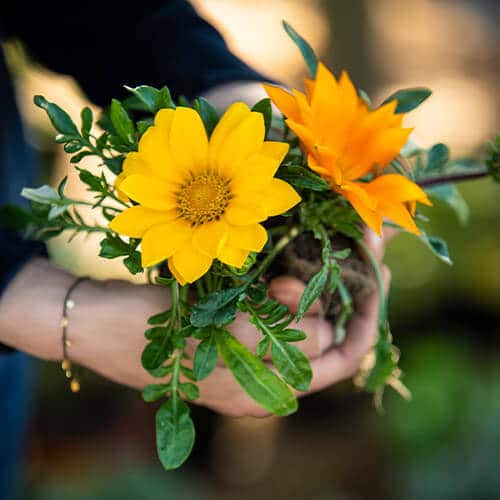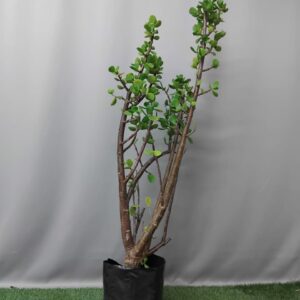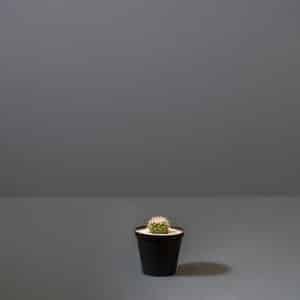Two hero plants to add to your garden
Flowering plants

Gazanias and marigolds are both champions of the summer garden – they’re tough plants that offer months of glorious colour in gardens across South Africa.
Both of these summer-flowering plants can be introduced to your garden with ready-grown seedlings that are available in punnets of six and punnets of four (stronger plants). Many brightly coloured varieties are available, which makes planting them even more rewarding, as you can mix and match colours to your heart’s content.
Marigolds
These reliable, long-lasting, heat-tolerant annuals range in height from 15cm to a metre tall, with cream, lemon, gold, orange or copper flowers. Many of the modern cultivars don’t have the same pungent scent as older varieties and they can flower so profusely that you can hardly see the foliage.
Uses: Dwarf marigolds are useful for edging paths, while tall varieties are best used for borders. They brighten rockery pockets, containers and hanging baskets, and can be grown between rows in the vegetable garden, where they’re a deterrent to nematodes in the soil.
Needs: Plant marigolds in a sunny spot, in well-drained soil. Add compost.
Tip: Pinching off the first three or four buds will encourage bushier growth.
Our favourite: ‘Vanilla’, an unusual, cream-coloured hybrid.

Gazanias
These indigenous bedding plants have grey-green leaves and are incredibly easy to grow. Gardeners can take their pick from numerous hybrids with large blooms and beautiful colours, which range from red, orange and pink to yellow, cream, white and bicoloured.
Gazanias are perennials that flower continuously during spring, summer and autumn.
Uses: Borders, decorative edges, groundcover, in rockeries and in containers. They’re particularly beautiful in indigenous gardens, where they provide pops of colour.
Needs: Plant them where they’ll get full sun most of the day. Although gazanias have low water needs and are tolerant of poor soils, they perform best in well-composted soil that drains well. Watering them regularly means they’ll produce more flowers.
Tip: Plant gazanias close together, as they don’t grow very tall (10cm) and tend to spread in low, even clusters.
Look out for: The large-bloomed ‘daybreak’ gazania hybrids.
Tips for success
- Mix masses of compost and a controlled-release fertiliser into the soil when you’re planting. Add planting fertiliser or bonemeal to allow for strong root development.
- Fertilise the plants every two weeks with a liquid fertiliser.
- Remove faded flowers to allow for growth.

You might also like
Shop online
-
- Sale!
SAVOUR EXIGENT 4KG
- Original price was: R788.99.R709.99Current price is: R709.99.
- Add to cart Learn More




